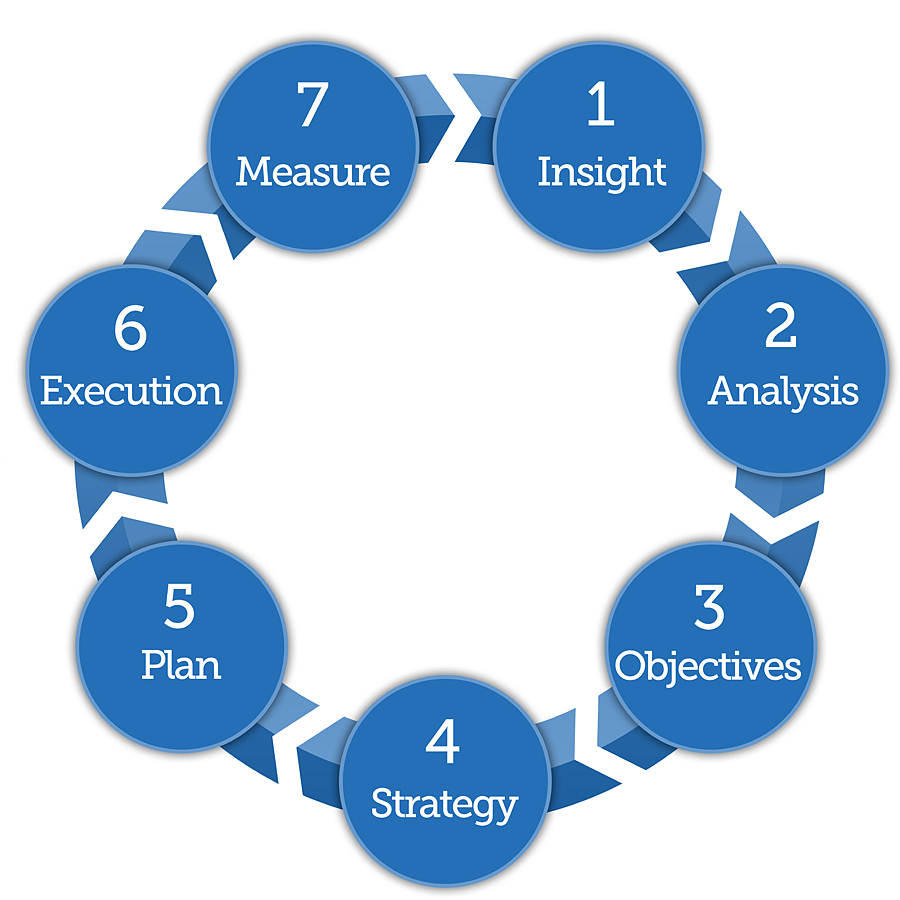Ready for 2013? – Mitigating Risk and Exploiting Opportunity
 This is the 6th in a series of blog posts under the main headline “Ready for 2013?”
This is the 6th in a series of blog posts under the main headline “Ready for 2013?”
The series addresses the #1 headache of any growing Independent Software Vendor:
How to predict, budget and meet revenue targets.
The objective of these blog posts is to outline a 2013 “preparation process” where you end up having a plan and a budget which is a stepping stone to a position as a the global market leader in the future and where the stakeholders are 100% aligned and committed to execute the plan and deliver the numbers for 2013.
Mitigating risk and exploiting opportunity
One of the major differences between academia and business is that proving something wrong in academia can get you the Nobel Prize. That is seldom the case in business.
If you are preparing for 2013 and you believe that your business could grow 100%, what happens if it doesn’t? Knowing what you know for sure and knowing what just are assumptions is crucial to identifying the critical success factors of your 2013 plan. It will help you identify the Key Performance Indicators and early warning signals that will enable you to cut back or accelerate as early as possible.
The struggle with reality
You can never be sure. You never have so much information that decisions are making themselves. You can spend too much time and too much money on trying to be sure. When spending time and money on trying to be sure, the marginal benefit of the additional insight may be lower than the insight from simply trying. You derive maximum insight out of “trying” when you have defined a set of cause-effect and correlation presumptions first. This is an exercise where business can learn a lot from academia.
The 7-step Process
At TBK Consult, we are using a 7-step process to stay tuned with reality, distinguish between genuine knowledge and prejudices and learn from our experience (the trying).
The 7-steps is an iterative process that can be applied on the micro level as well as the macro level. The process is illustrated in fig. 1.
“Insight” is the raw data. In this step you document what you know and gather more raw data.
“Analysis” is leading to conclusions based on the data and presumptions, which are based on interpretation of data plus your hunches.
“Objectives” are determining what you believe you can achieve based on your conclusions including your presumptions.
“Strategy” is the overall approach for meeting the objectives.
“Plan” is the step where you define who should do what by when to achieve the objectives.
“Execution” is the step of doing what you planned
“Measure” is where you compare the results with your conclusions and presumptions. The “Measure” is adding to your pool of Insight and you can repeat the process knowing more (I hope) than you knew before.
The benefits of the 7-step process
The 7-step process is not rocket science. However, it does help you organize team work by keeping all team members synchronized on where you are in the decision making or execution process, distinguish between what you know and what you assume/presume, decide if you know enough to set objectives, set objectives based on a documented foundation, and then execute and learn, learn, learn.
Small companies should typically make a lot of small 7-step processes. They cannot afford huge Insight projects. Learning by doing is more effective.
Bigger companies can afford to have bigger processes. Launching an iPhone or an iPad type product cannot be a small project.
Improvement of current processes can be managed with many smaller 7-step processes. Disruptive innovation requires more preparation before hitting reality.
We hope you will become more effective, have better results and have more fun using the 7-step process as compared to what you do today.
Other posts in this “Ready for 2013? – Lean Planning & Budgeting” series:
The objective of the blog posts is to outline a 2013 “preparation process” where you end up having a plan and a budget, which is a stepping stone to a position as a the global market leader in the future and where the stakeholders are 100% aligned and committed to execute the plan and deliver the numbers for 2013
#1: Perform an Alignment Check before Planning and Budgeting
#2: Get the Key People Involved up Front
#3: How to do an Alignment and Identification Check
#4: The Revenue Challenge
#5: Planning Fundamentals
#6: Mitigating risk and exploiting opportunity
#7: Mission/Vision and the 3-5 Year Perspective
#8: What Comes First, the Plan or the Budget?
#9: Defining Key Performance Indicators for Plan and Budget Follow-up
#10: The People on the Bus









